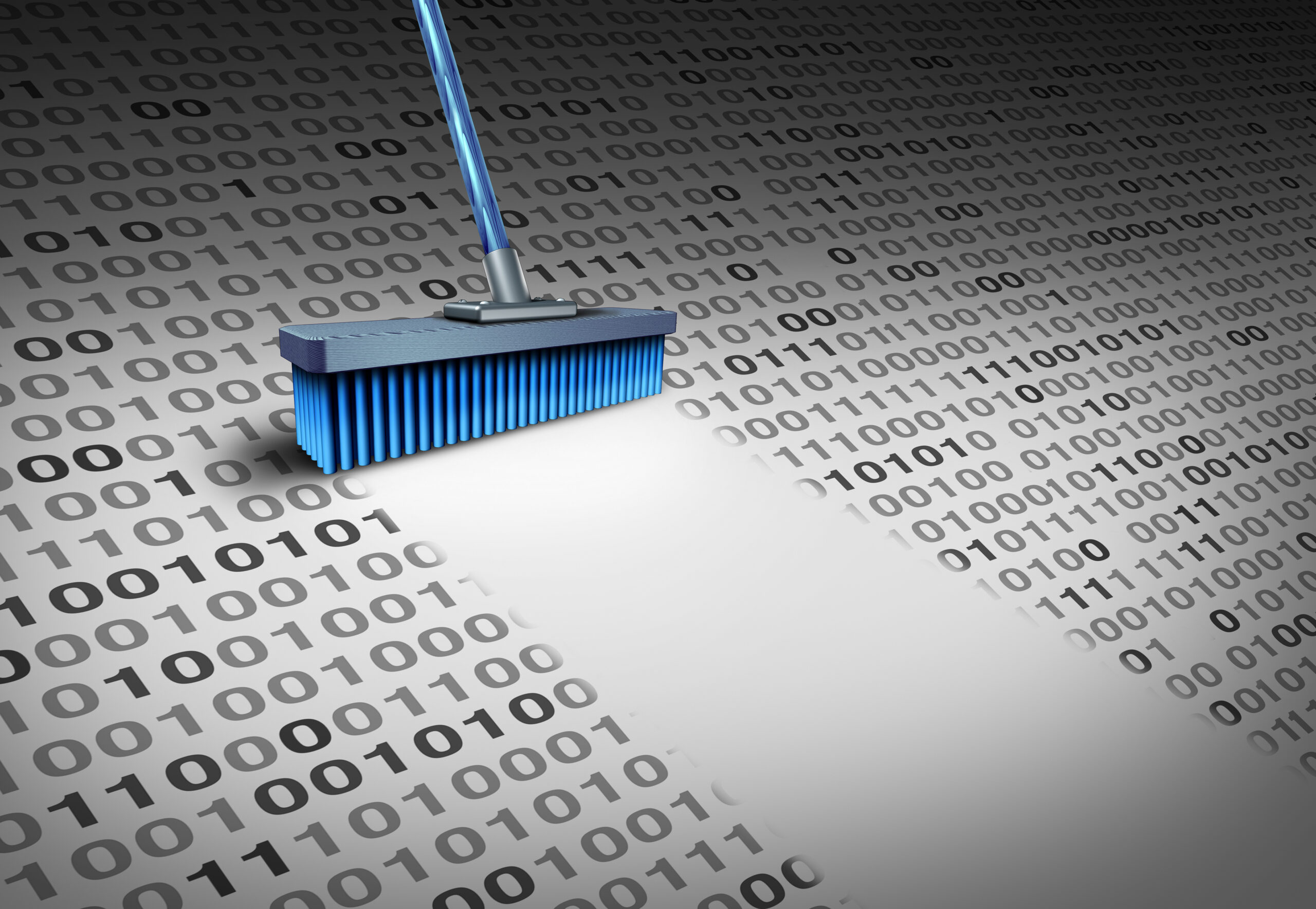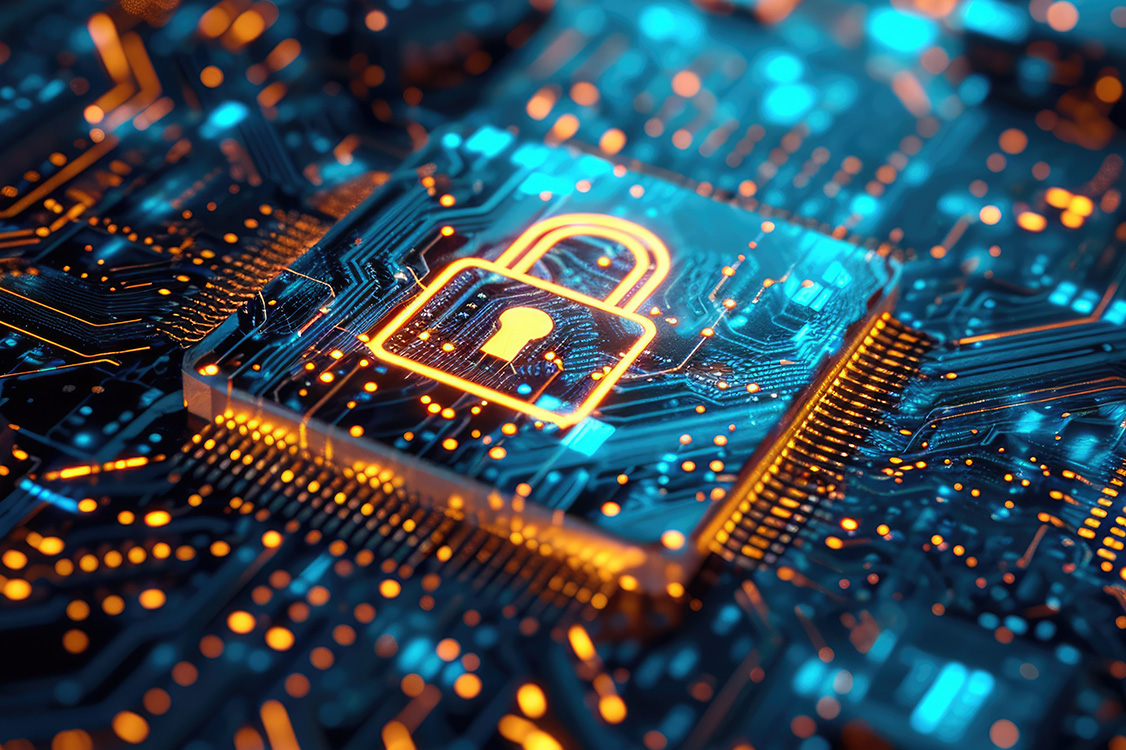Protecting Your Decommissioned Data to Reduce Cybersecurity Risk and Financial Loss
As technology continues to grow by leaps and bounds, hardware, software, and other materials that become outdated and obsolete must be properly disposed of to reduce cybersecurity risk. In fact, the size of the Global IT Asset Disposition market is predicted to grow to $23.8 billion as soon as 2028, an overall growth of 8.5% CAGR.
While most people think of live data when assessing cybersecurity risk management options, data that remains on decommissioned equipment and other assets is equally tempting to cybercriminals—and risky for your business. Recently, banking and finance giant Morgan Stanley Smith Barney (MSSB) was hit with a $35 million fine by the U.S. Securities and Exchange Commission (SEC) for not properly disposing of IT assets. Additionally, the U.S. Department of Treasury fined MSSB $60 million dollars for improper IT asset refresh and decommissioning on top of the SEC fines.
Federal rules such as the Identity Theft Red Flags Rule, also known as Regulation S-ID, which help protect investors from identity theft, have proven costly for institutions that choose to ignore proper data destruction procedures. Proper data risk management through secure data destruction is essential to reduce upfront financial losses, the potential for long-term reputational damage, and costly fines. To ensure that data on decommissioned IT assets are properly handled, companies must pay close attention to IT asset disposal (ITAD) procedures.
What’s Involved in Mitigating Cybersecurity Risk
Many companies make the mistake of taking a do-it-yourself approach to the disposal of decommissioned IT assets. While it may seem cost-effective from a broad perspective, nothing could be further from the truth. Relying on in-house IT teams to uphold the federal standards for regulated risk management can be just that, risky. On top of handling day-to-day tasks, in-house IT teams must abide by the following rules and requirements for proper data destruction:
- Performing data sanitization for all assets
- Decommissioning assets properly
- Handling logistics and transportation for each asset
- Tracking each asset
- Managing proper reuse, resale, or recycling of decommissioned assets
That is a considerable amount of work, much of which may require specialized equipment alongside unique processes and the kind of deep-market expertise that most internal resources just don’t have. When it comes to your company’s team, they also must be completely up to date on current laws and regulations governing data disposal, identity theft, and privacy. Then, they must be able to sanitize data properly, optimize the value recovery for all assets, and even concentrate on environmental, social, and governance (ESG) values such as sustainability.
How a Cybersecurity Service Provider Can Help
Handling all the ITAD responsibilities is a tall order, even for companies with strong internal IT support and resources. To mitigate risks and ensure compliancy with strict laws and regulations, consider teaming up with a cybersecurity service provider that specializes in secure data destruction. The benefits of partnering with a service provider include, among other things, better overall valuation of IT assets.
For example, there are three steps to value recovery for your IT assets: Testing, Repair, and Resale. Companies that deal directly with data destruction and decommissioning IT assets know how to leverage the marketplace to best place your assets. Their in-depth knowledge ensures your retired IT assets are not only compliant with laws concerning the disposal of data, but that they also save you money or may even become an additional revenue stream.
Cybersecurity services companies accomplish this by using special tools and protocols to properly test your assets while keeping detailed records for a clear audit trail. Any assets that can be repaired rather than decommissioned are noted. When assets can be resold, these companies have access to resale channels that ensure you get the best price for your decommissioned equipment. Finally, when equipment cannot be resold, it will be properly processed for salvaging and recycling, contributing to your company’s ESG profile which can help your brand’s positioning.
Cybersecurity Risk Management Begins with ARCOA
Old IT assets can be a risk or a benefit, depending on how you choose to manage them. At ARCOA, we take care of everything—from secure data destruction to resale to end-of-life recycling. And your data security is always 100% guaranteed!
Our goal is to help your company reduce your cybersecurity risk while stretching your IT budget. To learn more about our white-glove data destruction services and how we can help your business, check out our solutions on the ARCOA website.
RELATED INSIGHTS

Myths About Data Wiping: Data Security Solutions You Need to Know
In today’s data-driven world, protecting sensitive information is more crucial than ever. Whether you’re a business owner, an IT...

How Does Hardware Asset Management Support Cybersecurity
At ARCOA, we have noticed the recent increase in discussions with industry professionals and the awareness of the impact...
LET’S GET STARTED
Ready to put your retired IT assets to work for your business? Contact us to get the conversation started or request a quote. ARCOA has all the solutions you need to turn old IT assets into new revenue.
Talk to an Expert![$img['alt']](https://www.thinkarcoa.com/wp-content/uploads/2023/03/CyberSecurity-Blog-scaled.jpg)